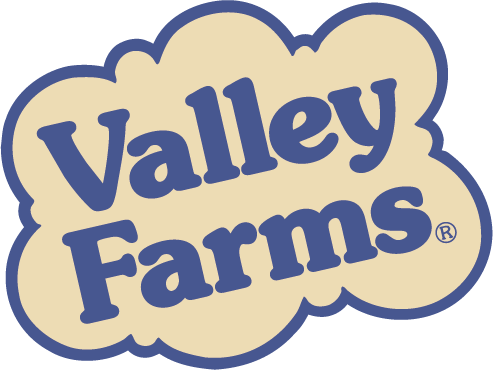
Ways To Woo Winter Finches
Share
Many people who love “backyard birding” aren’t particularly fond of the winter season because their favorite hummingbirds, warblers, and other common summer-friendly avians go on a long hiatus. However, this doesn’t really mean that there is no other bird to see! The migrations can lead one to see finch family birds all year round, not just down south. Of course many wild finch types will indeed flock down south during winter, that's common knowledge, so this information may surprise you.
Winter does not have to be an off-season for bird lovers because there are really beautiful winter finches that you can attract to your backyard by putting in a little effort. I'm getting a tonne of Pine Siskin, Purple Finches, and even a Redpoll once in a while.
Winter finches are bubbly, energetic, and have vibrant plumages. If you succeed at meeting their very specific seasonal needs, you may see a few pairs frequenting your yard on a regular basis.
We have jotted down a few basics for you in this article:
1. Provide high-quality, rich nutrient filled food to keep them healthy for the chilly days ahead. Winter finches are granivorous and they love it when you can surprise them with a wide range of seeds. From fine finch millets, black oil sunflower seeds (better chopped hearts), to Nyjer, offer food in abundance and they will flock to your yard once they find it. Hulled millet or Golden German Finch millet is what we like to use in Valley Farms Wild Finch Mix. The food from natural sources remains scarse so the survival of wild birds is typically higher in areas where people consistently fill their feeders up. Flowering seeds cannot be found these in the wild these days so Nyjer a very favored seed for finches. Nyjer is technically different to the Thistle although it's traditionally been confused between the two. Nyjer has a 35% fat average with 25% minimum fat content. This is obviously very good to bulster the feathers and coats of Finch Family birds escpecially now! We add canary seed to our wild finch mix as well, which is typical for many finch feeding habits observed. The sunflower hearts we have in our wild finch mix is the same plump and fresh hearts as our staple straight seed. However it is finely chopped for the small-billed wild bird.
So be sure that you buy high-quality wild bird seeds online and us socks for Nyjer only but a nice Finch Feeder with small ports for Wild Finch mixes to attract bigger finches as well as platform ones that offer comfortable perching. You can also consider spreading a few seeds on the ground for them to forage.
2. While there is no scarcity of water during the winter season, having warm liquid water for them in your backyard can make all the difference. This is because they have to expend additional calories to melt snow to drink.
A heated birdbath will bring a lot of winter birds to your area. You can also position them at places where icicles are known to fall. As they melt, they will catch the attention of winter finches.
3. Winter finches feel cozy and warm in coniferous trees and shrubs. After all, even the strongest ones need a place to sleep and roost! You can also walk the extra mile and install a few insulated birdhouses for them. Another great idea would be to set up a used Christmas tree as a brush pile for them to frolic in!
In addition to this, make sure that you keep bully birds such as hawks away from your feeders. Protect feed bowls from snow by placing them under some kind of shade. Keep water bowls, feeders, and baths clean to prevent the spread of diseases. If you do decide to have ground feeding this can actually benefit the bully bird scenario. This can be the case because a Grackle or Starling may prefer the low-hangin fruit on the lawn rather than try to negotiate a tiny perch on a small ported feeder. You can use economical but enticing cracked corn or white millet for this which are both offered by Valley Farms.
All of this can vary greatly depending upon factors such as food supplies, temperature swings, wind and weather, snow fall, northern conditions, predator presence, and even other backyard food sources from humans.
If you build it, they will come. As usual in the unpredictable wild, you will be surprised at which ones come, the list below has some of the great finches that you may not have considered before!
If you have any experiences with this or other wild birds, please reply as we love to hear what's happening around the country!
We will certainly do our best to respond to you ASAP.
Here are some fantastic types of wild birds in the Finch Family:
Brown-capped rosy finches
Black rosy-finches
Common redpolls
Evening grosbeaks
Gray-crowned rosy-finches
Hoary redpolls
Pine grosbeaks
Pine siskins
Purple finchesRed crossbills
White-winged crossbills
-many more so check around especially at the Cornell Lab site..
You can buy delicious wild birds seeds online from Valley Farms which is known for its high-quality, reliable offerings. Only the best for your birds!


Pictures show Pine Siskin which is a North American bird in the Finch family. It is a migratory bird with an extrememly sporadic winter range.
